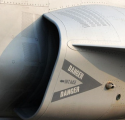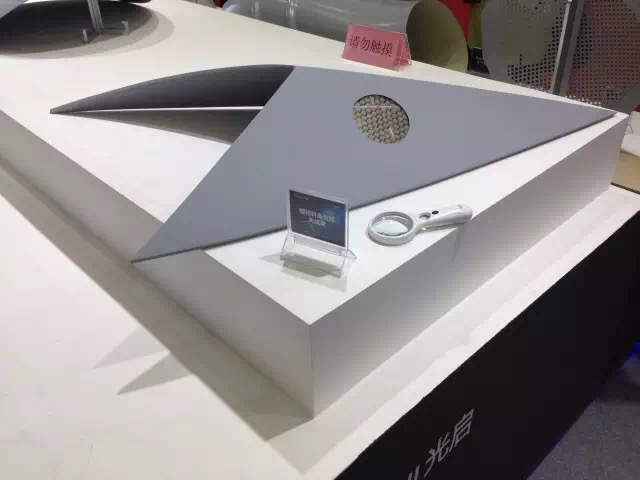(cont)
A radome made of meta-material (Photo: Kuang Chi)
An air duct for an airplane (Photo: Kuang Chi)
Antennas made of meta-material (Photo: Kuang Chi)
An anti-icing board (Photo: Kuang Chi)
An aircraft structure grid made of meta-material (Photo: Kuang Chi)
With announcements of this type that provide a little more detail on the aircraft, and new variants such as the onboard version and the one with Chinese jet engine vector, the program J-20 we probably still reserved other surprises to come.
To be continued.
Henri K.
Meta- Material is really nothing new,, it has been used to fabricate radomes with the desired properties, and the matt that is applied to inlets, leading and trailing edges on the J-20 and F-22, it is also used for the covers over many of the avionics on the J-20.. Kool Stuff, and it should actually absorb those radar waves, that's the principle, it allows certain frequencies to "radiate" through, while absorbing everything else..
also your post illustrates that meta metarial is conductive and can be charged with current to produce enough heat for very effective deicing,, in fact I would imagine that's exactly what its doing, (besides absorbing radiation), on those leading edges of the inlets, wings and tail surfaces....



